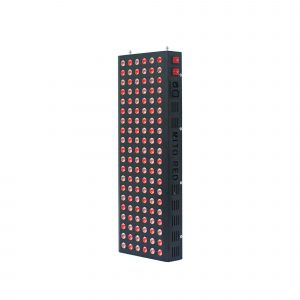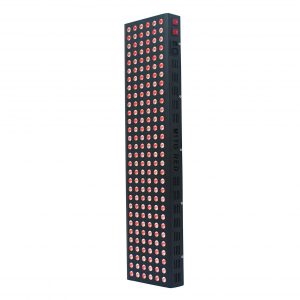The infrared sauna uses light to create heat and is also often referred to as a far-infrared sauna, with “far” describing the location of where the infrared waves fall on the light spectrum.
Infrared light is the invisible light on the electromagnetic spectrum, just beyond what we see as red. It is felt as the sun’s heat.
While a traditional sauna warms the air around you by using heat that then warms the body, an infrared sauna directly heats the body without warming the air. Therefore, an infrared sauna is able to produce vigorous sweating and increased heart rate at lower temperatures than a traditional sauna.
This is appealing to many who have not been able to tolerate the heat of a conventional sauna. Infrared saunas are being studied for their health benefits in the treatment of multiple chronic health conditions, including high blood pressure, Alzheimer’s disease, headaches, type 2 diabetes, and rheumatoid arthritis.
The infrared spectrum consists of near (NIR), mid (MIR), and far (FIR) waves, representing the different sizes in infrared wavelengths. These also refer to intensity in terms of infrared sauna treatment. Near-infrared is the shortest wavelength and is believed to be effective for skin renewal, cell health, wound healing, and tissue growth.
Middle-infrared is the next longest wavelength and is able to penetrate deeper into soft tissue to address inflammation, expand blood vessels, and increase circulation. This level is believed to be able to reduce pain for faster healing. Far-infrared, the longest wavelength, reaches the toxins deepest in the body and stimulates the sweat glands for a detoxifying sweat.
Infrared sauna therapy is believed to result in many benefits. Without the use of humidity, the heat from infrared saunas is immediately absorbed and healing qualities can include detoxification, relaxation, pain relief, weight loss, improved circulation, and skin purification. . . . (read more)
SOURCE: Sentinel Source














